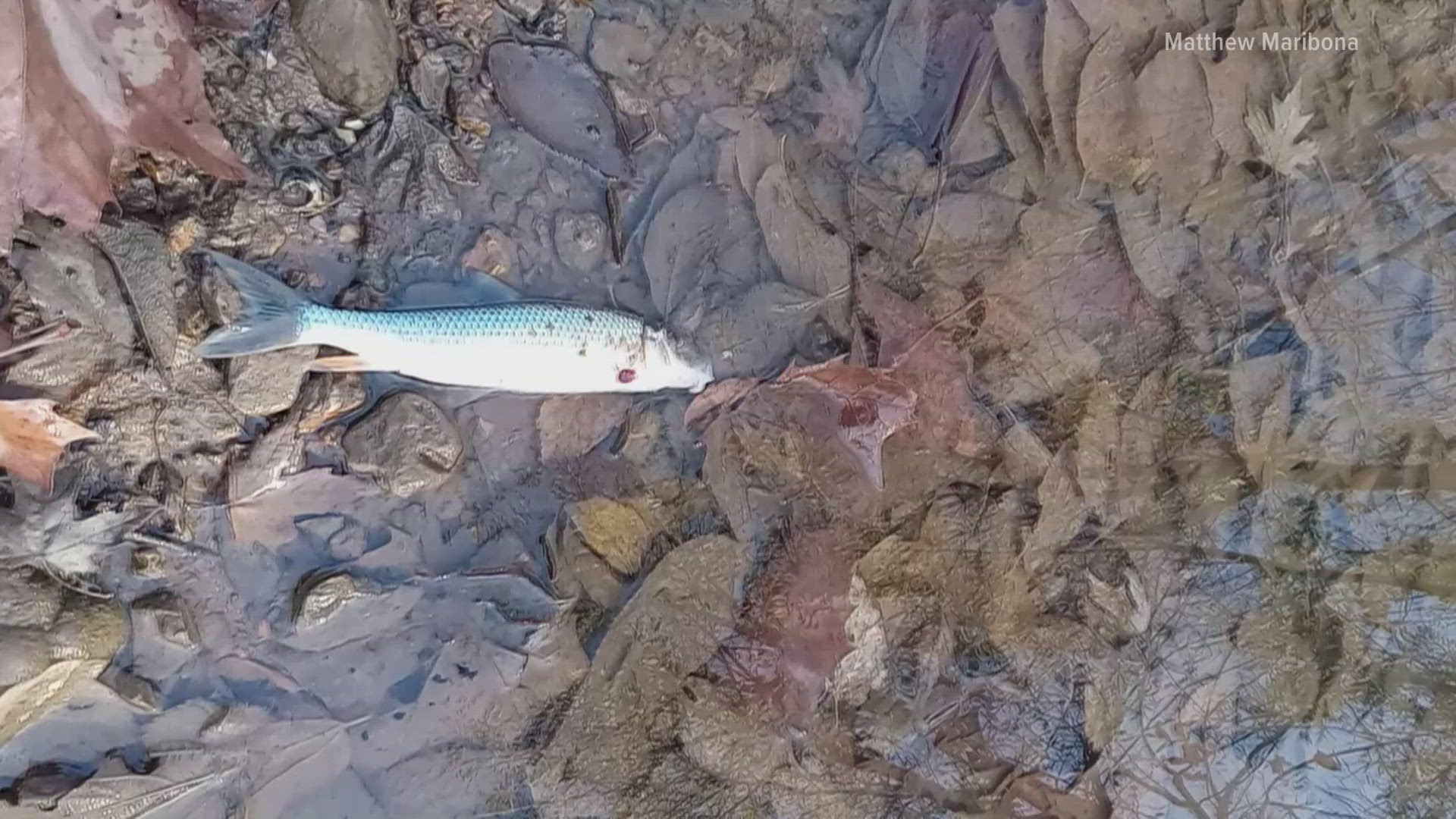MISSOURI, USA — As winter weather continues to beat multiple Missouri communities, residents are once again turning to ice melters to keep their sidewalks and driveways slip-free.
The melters, however, could be lethal to your area's vegetation.
Officials at the Missouri Department of Conservation recently issued a warning about using ice-melting products, including common table salt, calcium chloride, ammonium nitrate, and urea, en masse since they could damage nearby trees, plants and soils.
"After exposure to salt spray, evergreens may show immediate effects while deciduous plants (trees that drop their leaves in fall) may not show damage until the next growing season," the department said on its website. "Symptoms include yellowing or dwarfing of foliage, or dieback and “witches broom” of twigs. Damage is usually more noticeable on the side facing the drift."
MDC offered multiple preventative tips for protecting plants from ice melter damage, including:
- Remove ice by mechanical means.
- Create drainage channels around plants.
- Practice moderation and use only the required amount of ice-melting chemicals.
- Be especially careful in applying salts in late winter or early spring or when the ground is not frozen.
The ice-melter-caused damage can be treatable, MDC said. People can prune dead or deformed branches and wash away any surface salt residues. Powdered gypsum, a naturally occurring substance frequently used as a soil conditioner, can also be used to treat soils that have had major exposure to ice-melting salts. Powdered gypsum can be purchased from most garden centers.
Top St. Louis headlines
Get the latest news and details throughout the St. Louis area from 5 On Your Side broadcasts here.



